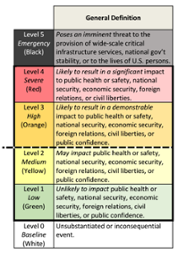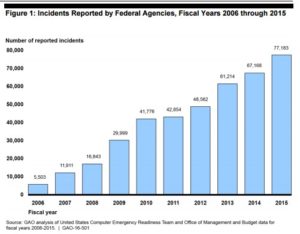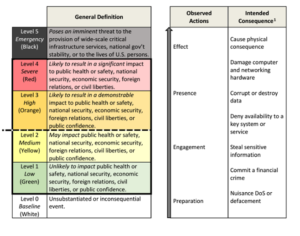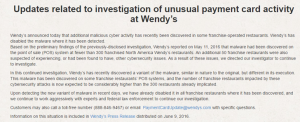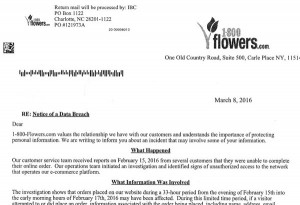
The holidays are roaring down on us, and we’re all looking to get the best deals as we shop online and explore cyber sales. Here at DSA Technologies, we want to help you avoid that “Nightmare Before Christmas” that could arise from a stolen card number or hacked personal data as a result of online shopping. We’ve all heard it. If it seems too good to be true, it probably is. There are many websites that offer as much as 60, 70, even 80% off during this time of year. Don’t be the one that enters your payment information to capture a quick special and find out days, weeks, possibly even months later that you’ve been phished. How can you make sure you’re as safe as possible? As we get ready for Cyber Monday specials and online shopping throughout the month of December, there are several tips we can offer for businesses and individuals alike.
The golden rule? Be careful what you click on.
Make sure the site you are entering your personal information has HTTPS. It’s important to see the “S” after HTTP, but that still does not mean you’re out of the woods. According to research from Venafi, the number of typosquatting domains (which is a bait-and-switch lookalike URL) is 400% greater than the number of authentic retail domains. That’s right, the bad guys are coming up with “fake” domains that look like the real domain of vendors like Facebook, PayPal, Amazon, and many others. Be careful what you type, and make sure you see the correct URL when you’re going to a website.
Bogus Shipping Notices
Households receive a deluge of packages as the holidays get closer. A message from UPS, FedEx, or Amazon that notifies you that there is a missing or delayed package can be easily glanced over and taken for granted. Most of the time the message will include a link for easy access. Don’t click on this link. It may take you to a bogus website or better yet, download a virus directly onto your computer. If you are expecting a package, go to the vendor’s website by typing in the correct URL and tracking your package from there.
Phishing Emails
This is getting to be one of the most common scamming attempts. It is any email with a link designed to get you to enter your personal information. You might see that this is a letter from Santa or a prize that you’ve won, encouraging you to click on a gift card offer or discount. Remember this saying: “just don’t click!”
Phone Scams
Phone scammers figure most people are going to be home over the holidays, and they double their efforts during this time. The short story is, they are trying to get your personal information over the phone. They can pretend to be any number of vendors, bank tellers, computer repair advisors, or support technicians. The solution is pretty simple: don’t give personal information to any caller you didn’t initiate a conversation with.
This is getting to be one of the most common scamming attempts. It is any email with a link designed to get you to enter your personal information. You might see that this is a letter from Santa or a prize that you’ve won, encouraging you to click on a gift card offer or discount. Remember this saying: “just don’t click!”
Phone Scams
Phone scammers figure most people are going to be home over the holidays, and they double their efforts during this time. The short story is, they are trying to get your personal information over the phone. They can pretend to be any number of vendors, bank tellers, computer repair advisors, or support technicians. The solution is pretty simple: don’t give personal information to any caller you didn’t initiate a conversation with.
Relatives in Distress
This tactic is commonly known as “Virtual Kidnapping Ransom Scam.” It can begin with a phone call saying your family member is being held captive or in trouble with the law in another country. The caller might allege that a child or grandchild has been kidnapped with someone screaming or yelling in the background. They will typically provide instructions to ensure a safe return of the family member. They will ask you for money and give you directions on who and where to wire the money. If this happens to you, take a deep breath and realize this could be a scam. Ask to talk to your family members being held, and if they don’t let you speak to them, ask them to identify your family members. Attempt to call or text your family members. To prepare for an event like this, have code words that can be used so you know it actually is a real event. Call your local law enforcement as soon as possible.
Fake Charities
Possibly one of the most unfortunate scams out there, fake charity requests can be heartbreaking. This may be a fake GoFundMe account for what you think is a good cause, a social media thread, or an email chain. They may be impersonating someone you know or a friend of a friend. They might impersonate a legitimate charity on the phone. If you receive a phone call, the best thing to do is tell the caller you will call them back. Wherever you see the request, be sure to look up the correct charity and call them to see if they contacted you, or have outreach campaigns in progress. It may take you a little more time, but remember, it’s better to be safe than sorry. We hope these simple tips can ensure your holiday stays merry and bright!


